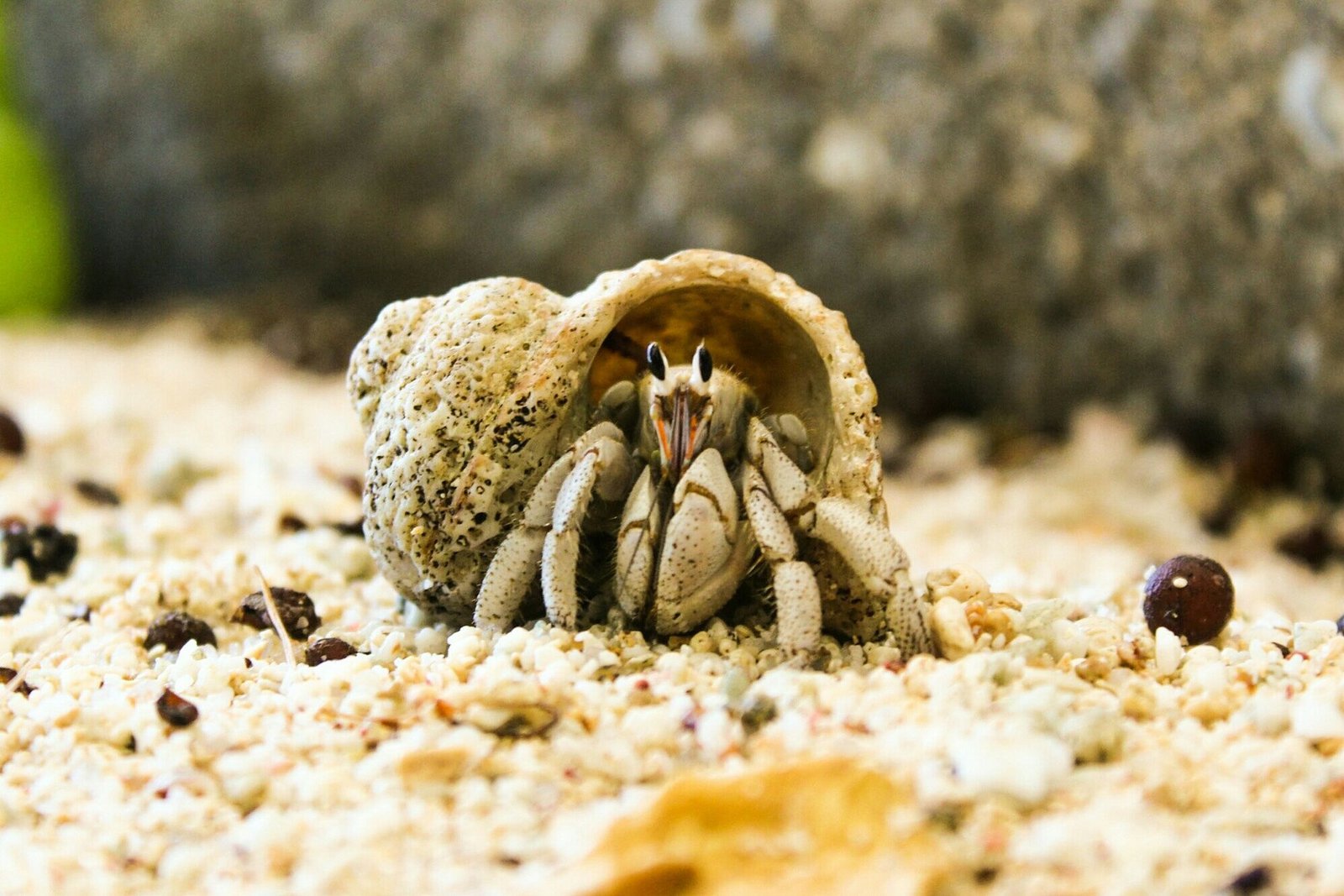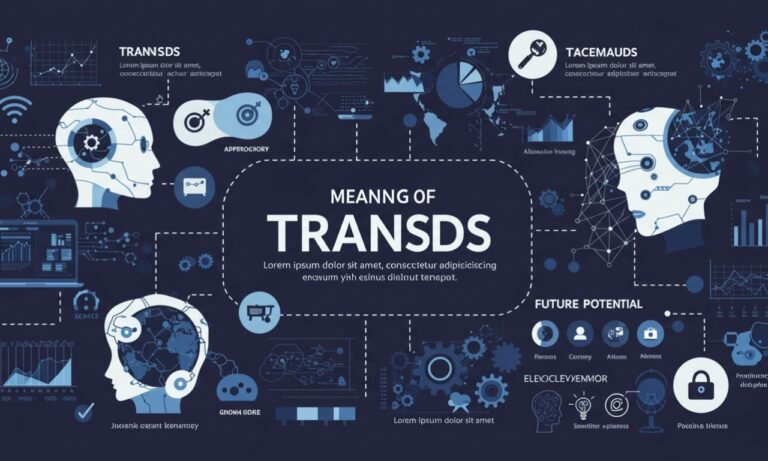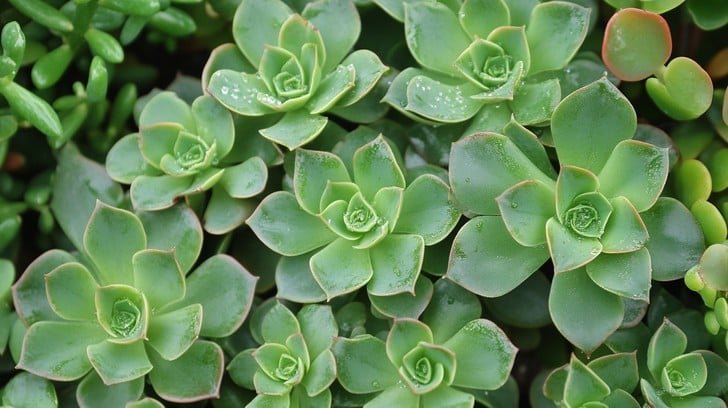Hermit Crab Environment: Complete Guide to Creating and Maintaining the Perfect Habitat
Hermit crabs depend on carefully balanced environments to survive. Their well-being relies on controlled humidity, proper substrate, shell availability, and safe water sources. Understanding their habitat needs ensures longer lifespans and healthier behavior in both wild and captive settings.
Natural Hermit Crab Environments
Coastal Ecosystems
Hermit crabs naturally inhabit coastlines. They thrive in mangrove swamps, sandy beaches, and rocky intertidal zones. Coastal vegetation, driftwood, and tidal pools create microhabitats essential for their survival.
Marine vs. Land Hermit Crabs
-
Marine hermit crabs live entirely underwater. They depend on coral reefs, rocky crevices, and shallow seabeds.
-
Land hermit crabs live near shores but return to the sea to breed. They inhabit sand dunes, forest edges, and moist undergrowth.
Key Environmental Factors
Temperature Range
Hermit crabs require warm climates. Land hermit crabs thrive at 75–85°F, while marine species survive in 72–82°F. Cold temperatures reduce activity and risk death.
Humidity Levels
Hermit crabs breathe through modified gills. Proper humidity between 70–80% is essential. Dry air damages gills and leads to suffocation.
Light and Day Cycle
Hermit crabs are nocturnal. They rely on a 12-hour light and 12-hour dark cycle. Proper lighting regulates molting and daily activity.
Substrate and Habitat Design
Substrate Options
-
Moist sand – Ideal for burrowing and molting.
-
Coconut fiber soil – Retains moisture and mimics forest floor.
-
Mixed layers – Combining sand and soil enhances stability.
Depth Requirements
Substrate must be at least 3 times deeper than crab size. Depth ensures safe burrowing during molting.
Shell Environment
Importance of Shells
Hermit crabs rely on shells for protection. The abdomen is soft and vulnerable. Without shells, they die from predators or dehydration.
Shell Variety
-
Round openings suit younger crabs.
-
Elongated shells fit older species.
-
Natural shells are mandatory; painted shells are toxic.
Water Environment
Freshwater Pools
Provide dechlorinated freshwater. It prevents poisoning and supports hydration.
Saltwater Pools
Saltwater is vital for gill function. Marine-grade salt replicates ocean minerals. Crabs use saltwater to balance internal fluids.
Diet and Environmental Connection
Natural Feeding
Hermit crabs are omnivores. They consume fruits, vegetables, algae, carrion, and plankton.
Nutrient Sources
-
Calcium strengthens exoskeletons.
-
Proteins support muscle growth.
-
Carotenoids enhance natural colors.
Feeding Setup
Use shallow dishes. Prevent food from mixing with substrate. Offer daily variety to mimic wild diets.
Molting Environment
Molting Process
Molting is a survival process where crabs shed exoskeletons. They require deep, moist substrate for protection.
Environmental Support
-
High humidity prevents dehydration.
-
Darkness reduces stress.
-
Calcium-rich diets strengthen new shells.
Social and Behavioral Environment
Group Dynamics
Hermit crabs are social. They live in colonies. Isolation causes stress and reduced lifespan.
Communication
They use shell rapping and claw gestures. Vibrations signal dominance or shell disputes.
Captive Social Balance
Provide multiple shells and adequate space to reduce aggression.
Environmental Stress and Threats
Pollution Effects
Oil spills, plastics, and toxic chemicals kill populations. Ingested plastic blocks digestion.
Habitat Destruction
Coastal development reduces crab colonies. Mangrove cutting destroys breeding zones.
Climate Change Impact
Rising seas alter nesting grounds. Ocean acidification weakens shell availability.
Conservation of Hermit Crab Environments
-
Marine protected areas secure crab populations.
-
Sustainable shell programs reduce natural shell shortages.
-
Awareness campaigns discourage painted shells.
-
Plastic reduction improves food and habitat safety.
Setting Up a Captive Hermit Crab Environment
| Factor | Requirement | Purpose |
|---|---|---|
| Temperature | 75–85°F (land), 72–82°F (marine) | Maintains metabolism |
| Humidity | 70–80% | Prevents gill damage |
| Substrate Depth | 3x crab size | Enables safe molting |
| Water | Fresh + saltwater pools | Regulates hydration and balance |
| Shells | Multiple, natural, varied sizes | Protection and growth adaptation |
| Light Cycle | 12h light / 12h dark | Supports activity and molting |
FAQs on Hermit Crab Environment
Q1: What is the minimum humidity hermit crabs can tolerate?
Hermit crabs cannot survive below 60% humidity. Their gills dry, leading to suffocation.
Q2: How does substrate type affect molting success?
Moist, compact sand increases molting success. Loose or shallow soil causes collapse and crab death.
Q3: Do hermit crabs need filtered or tap water?
Only dechlorinated or filtered water is safe. Chlorine damages gills and shortens lifespan.
Q4: Can hermit crabs survive without saltwater pools?
No. Saltwater supports gill function and shell hydration. Without it, crabs face dehydration.
Q5: What environmental signs show stress in hermit crabs?
Lethargy, leaving shells, and climbing frantically indicate unsuitable humidity or temperature.
Q6: How does group size affect crab environment?
Larger groups need bigger enclosures, more shells, and multiple water sources to prevent conflict.
Practical Checklist for Hermit Crab Environment
-
Ensure warm temperature range.
-
Maintain 70–80% humidity.
-
Provide 6 inches of moist sand substrate.
-
Supply freshwater and saltwater pools.
-
Offer multiple shells of various shapes.
-
Provide 12-hour light and dark cycles.
-
Introduce natural décor like rocks and wood.
-
Keep groups together for social health.
Learn More: Cleanliness on Environment: Complete Guide to a Sustainable Future
Conclusion
Hermit crab environments require precision. Temperature, humidity, substrate, shells, and water sources determine their survival. Natural environments depend on coastlines, mangroves, and reefs. Captive care replicates these conditions through proper enclosure design. Conservation efforts protect wild populations from habitat loss and pollution.







